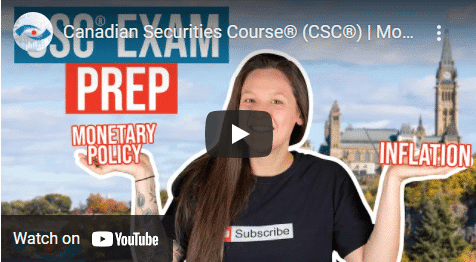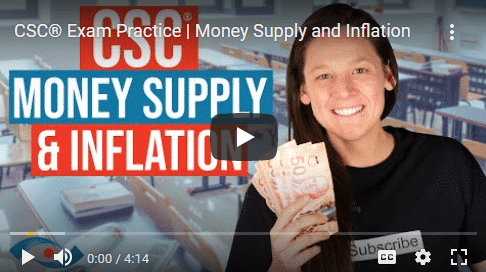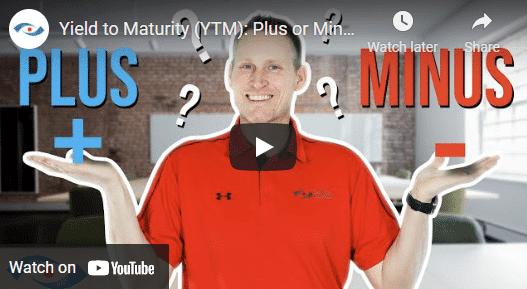Getting YTM questions right on a consistent basis could be in the ‘plus or minus’ part of the YTM formula.
Hi, everybody. This is Corey back in the Coach’s Hangout. If you’re subscribed to our channel you may have caught Coach Andre’s blog post and video where he gave some great tips for calculating the approximate yield to maturity on a bond, and guided you through a sample question. For those of you who missed it, you can click here to check it out.
I just had a call with one of our students named Tara, which prompted me to shoot this quick blog post and video to piggyback on Coach Andre’s. You see, Tara just couldn’t seem to get YTM questions right on a consistent basis. She couldn’t figure out why, and quite frankly, she was about to pull her hair out. I asked her if she had seen Coach Andre’s YTM video, and she admitted she hadn’t. It could’ve saved her a lot of time and frustration, so let that be a lesson to you. Pun intended. Please hit that subscribe button and the notification bell in our YouTube Channel, so you don’t miss out on any of these helpful videos.
As I was speaking with Tara, it wasn’t long before we realized that she was getting bogged down in the ‘plus or minus’ part of the YTM formula. Now, this doesn’t surprise me at all. It’s a common pitfall in an area where a lot of students tend to struggle. If you want to learn about the mechanics of the entire formula, and how to actually arrive at the answer, check out the blog and video that I referenced earlier.
In this Coach’s Hangout blog/video, I’m just going to focus on the plus or minus piece. I want to draw your attention to the face value, and the market value provided in the question you see here. The face value, also referred to as par, is $10,000. This is the amount that the issuer originally borrowed, will pay interest on, and is required to pay back at maturity. The market value is simply an agreed upon price between two investors, the price at which one investor who owns the bond, sells it to another. Now, from the issuer’s standpoint, the market value of the bond is basically irrelevant. The issuer’s just going to repay the face value at maturity, and that’s the key. So, the market value of this bond is $9,000. It’s trading at a discount, and as with all bonds, it’s going to mature at par, at the face value. In this case $10,000. We need to insert a plus in the formula, because at maturity, Nolan will get more than what he paid for the bond. It’s a gain, so we use a plus.
On the other hand, if the market value of the bond was trading at a premium, say $11,000. And again, it’s going to mature at par, $10,000. We insert a minus in the formula, because at maturity Nolan would get less than what he paid for the bond. It’s a loss, so we use a minus. Now, that was the little nugget of information that Tara was missing, but she’s glad she made this mistake while doing her practice questions, because once she had that aha moment, the light bulb went on, and it’s going to stay on. She’s not going to make this mistake again. Now, hopefully, you won’t either.
Thanks for dropping by the Coach’s Hangout. I hope you found this blog post and video helpful, and good luck on your exam.

Recent Videos

Monetary & Fiscal Policy Part 2

Monetary & Fiscal Policy






